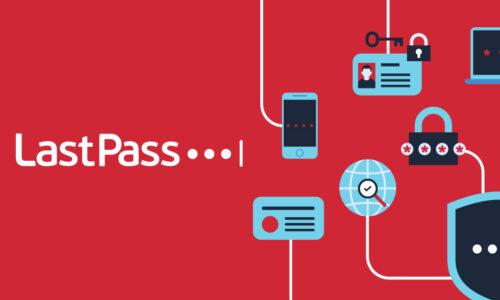SaaS sprawl refers to the unchecked proliferation of SaaS (Software-as-a-Service) applications within an organization. This phenomenon can lead to inefficiencies, security risks, and increased costs.
What Is SaaS Sprawl?
Definition and explanation of SaaS sprawl
SaaS sprawl occurs when multiple SaaS applications are adopted by different departments within an organization without a centralized management strategy. This leads to redundant functionalities, unmanaged subscriptions, and increased complexity.
What are the causes of SaaS sprawl?
The primary causes of SaaS sprawl include decentralized procurement, lack of oversight, and the ease of acquiring SaaS tools. Departments often independently purchase and deploy SaaS applications to meet their specific needs, leading to overlap and inefficiencies.
How SaaS sprawl affects businesses
SaaS sprawl can have several negative impacts on businesses, including increased costs due to redundant subscriptions, security vulnerabilities from unmonitored applications, and difficulties in managing and integrating various tools. It can also lead to data silos, where information is fragmented across different applications, complicating data management and accessibility.
Understanding the consequences of SaaS sprawl
The consequences of unmanaged SaaS sprawl include potential data breaches, non-compliance with regulatory requirements, and overall decreased operational efficiency. It can also strain IT resources as they try to manage and secure an increasingly complex tech stack.
How does a SaaS management platform help with SaaS sprawl?
A SaaS management platform helps by providing centralized oversight of all SaaS applications, enabling better visibility, control, and optimization of SaaS usage across the organization. It assists in identifying redundant applications, managing subscriptions, and ensuring compliance with security policies.
Preventing and Managing SaaS Sprawl With LastPass
Strong password generator
LastPass helps prevent SaaS sprawl by securely storing and generating strong, unique passwords for each application. This reduces the risk of using weak or repeated passwords across multiple platforms.
Access control
Implementing LastPass allows businesses to control access to SaaS applications efficiently. With centralized access management, IT departments can monitor and regulate who has access to which applications, ensuring only authorized personnel can use certain tools.
Compliance with security requirements and regulations
LastPass supports compliance by providing robust security features such as multi-factor authentication (MFA) and regular security audits. These features help businesses adhere to regulatory requirements and protect sensitive data stored within various SaaS applications.
SaaS sprawl poses significant challenges to organizational efficiency and security. Using tools like LastPass to manage passwords, control access, and ensure compliance can help mitigate these risks, leading to a more secure and streamlined SaaS environment.


